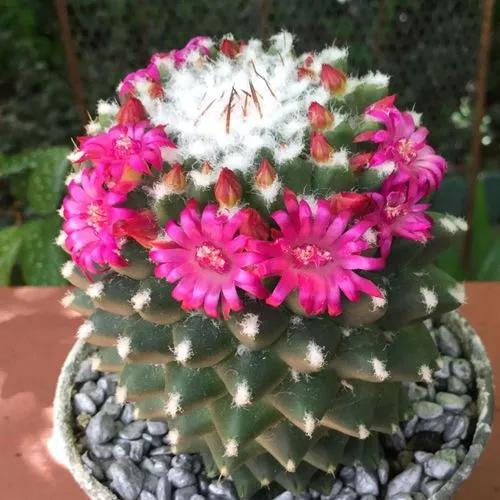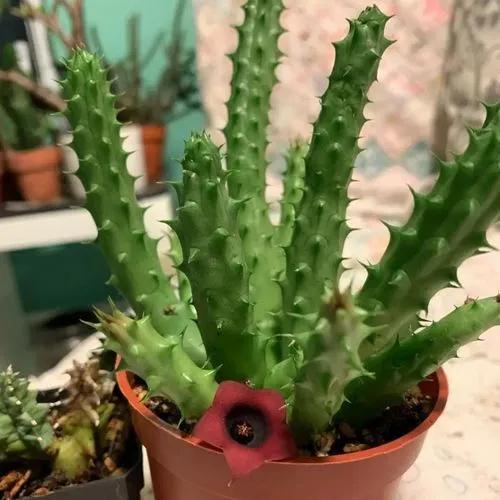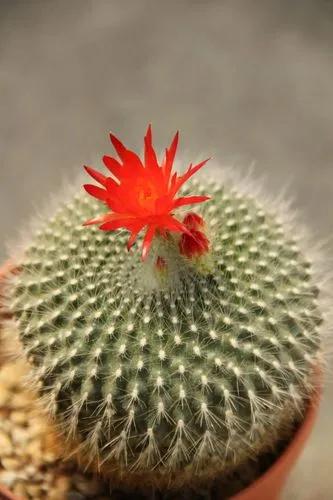Huernia is a stem succulent native to Southern Africa. The yellow star-shaped flowers have zebra stripes and a dark red center rim called an annulus that surrounds the mouth of the corolla tube. This low-growing succulent has four-sided stems edged with teeth.
Huernia Penzigii Care
Huernia Penzigii



How to Care for the Plant

Water

During the growing season, starting in April or May and throughout the summer, it needs watering when the soil feels dry when you put your finger into the top inch. Water slowly until water runs out of the drainage hole, and empty the saucer so no water remains. Only water again when the soil has dried out again. On hot summer days, this can happen fast so check the soil regularly.

Fertilizer

As you start watering the plant more regularly in the spring when the growing season starts, fertilize once a month, either with a special liquid succulent plant food, or a complete granular fertilizer, using half the amount specified on the product label.

Sunlight

The proper amount of light is very important for Huernia. In its native range in southern Africa, it’s an understory plant. An eastern- or western-facing window that provides partial shade is best. Southern exposure with midday sun and extreme heat will stress the plant and make it susceptible to disease. Depending on the amount of light, the thick, angular stems with soft spikes are deep green in low light, and turn red in strong sunlight.

Soil

The right soil is crucial to successfully grow Huernia. Both the soil and the pot need excellent drainage. Unglazed pots are best because they allow excess moisture to evaporate. For the soil, use a special cactus or succulent potting mix, which contains both inorganic elements such as sand and perlite, and organic matter, and is fast-draining.

Container

Huernia generally does not outgrow its container. It’s fine if it tightly fills the pot, because that limits its growth and keeps the plant nicely compact. It will benefit from fresh potting soil about every two years but won’t necessarily need a larger pot.

Popularity

3,028 people already have this plant 593 people have added this plant to their wishlists
Discover more plants with the list below
Popular articles






